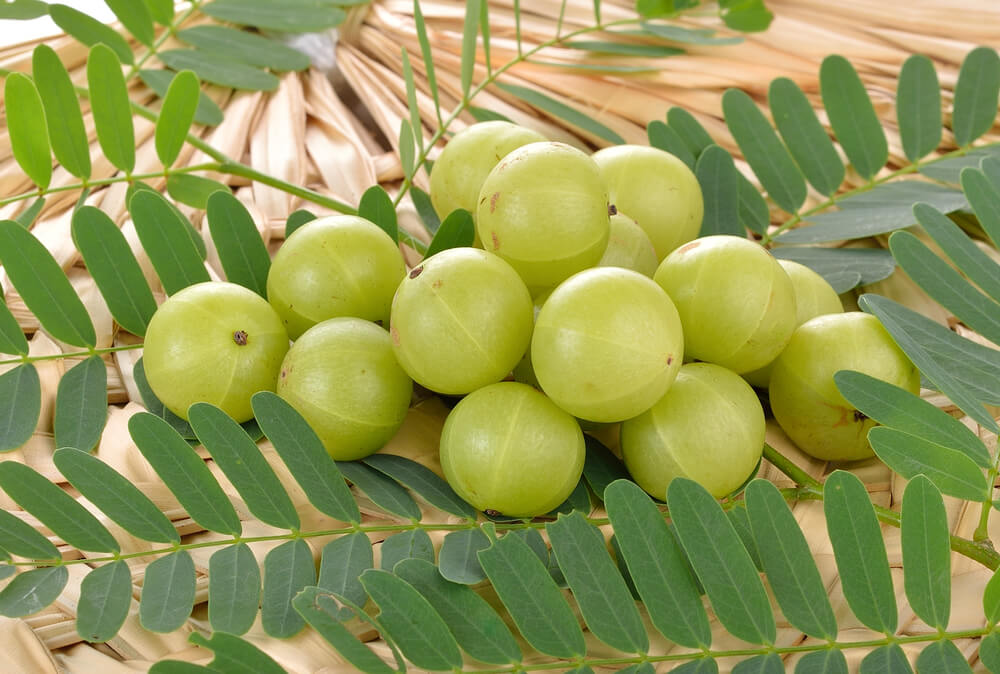
Indian Gooseberry is one of the most popular medicinal herbs in many parts of the world. Growing and maintaining this plant is not too difficult. There are two main subspecies in the genus Indian Gooseberry. They are commonly referred to as the West Indian Gooseberry and the North Indian Gooseberry. Both subspecies grow in the same part of India, in the state of Kerala in India.
Phyllanthus emblicana, also called public, melaleuca, myrobalan or Malacca tree, amla, or manjishtha in Sanskrit, is a deciduous perennial plant of the family Phyllanthaceae, in the category Lamiaceae. It naturally contains edible fruit by the common name amla. The leaves can be harvested for medicinal purposes. The leaves, when cooked in butter, make a turd like dish that is quite delicious.
The Indian Gooseberry plant can be identified as a shrub or a tree due to the large size of the needles and the number of branches that grow from the trunk. The branchlets on the twigs look like the leaves of a tree and they also contain numerous seeds, the quality of which depends upon their age. The young branches of the area tree contain the highest quantity of vitamin C. The chemical composition of this plant is quite similar to that of Vitamin C, except for the presence of a small quantity of vitamin B complex.
Various studies conducted on the effectiveness of this plant in curing various diseases suggest that it contains significant quantities of vitamin C, sulphur compounds and potassium. The acid contents are sufficient to form astringents which can be used for cleaning wounds and minor infections. A recent study also suggests that this plant can relieve pain and reduce the healing time for some diseases. Indian Gooseberry Plants grow well in saline-molded soils. The leaves of these plants are usually cooked in butter or oil to derive the nutrients which are useful for the treatment of arthritic conditions.
The hair care product manufactured from the area is used in the manufacture of conditioner for growing hair and for preparing shampoo and soap. The hair care formulation made from the Indian gooseberry plant contains vitamin C and vitamin B complex with significant amounts of sulphur compounds. This provides effective results in the growth of the hair, thereby preventing balding. The therapeutic properties of the plant have been found useful in hair care, as it prevents premature graying of hair.
Studies have shown that the vitamin C found in the Indian gooseberry can prevent the occurrence of diabetes as well as prevent the onset of heart disease. The studies also suggest that the vitamin C in the Indian gooseberry plant can treat constipation. Other studies indicate that the vitamin C present in the area can help prevent the occurrence of colon cancer and decrease the risk of premenstrual syndrome among women. The studies conducted on the plant also indicate that the plant may cause cholesterol levels to decrease in diabetics.